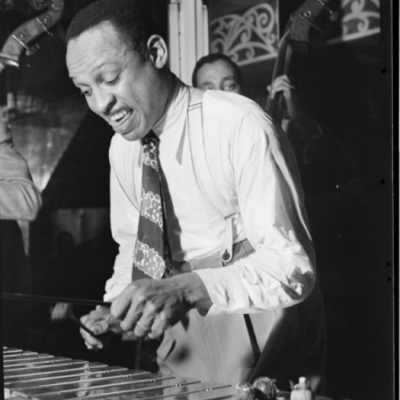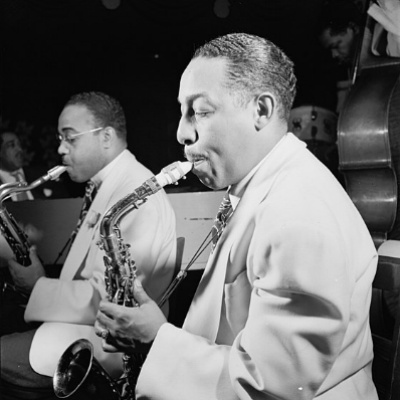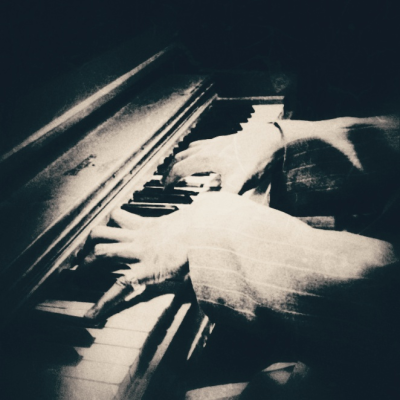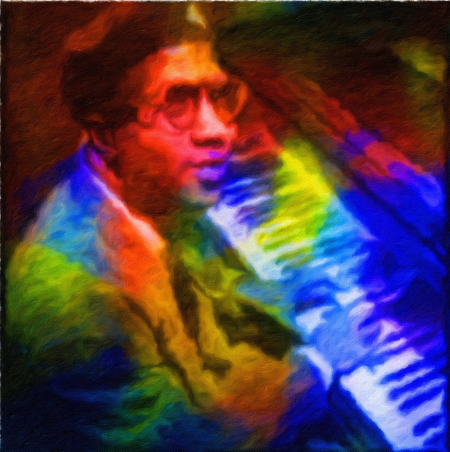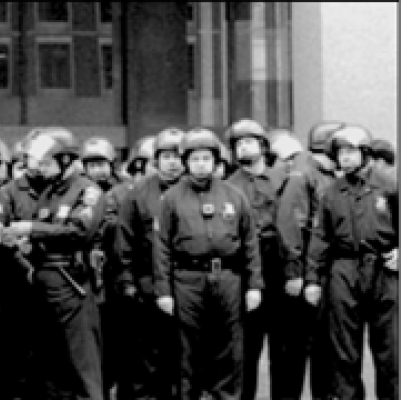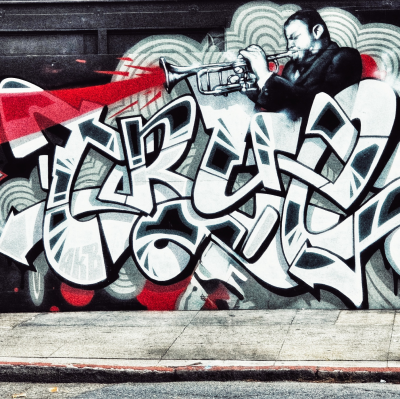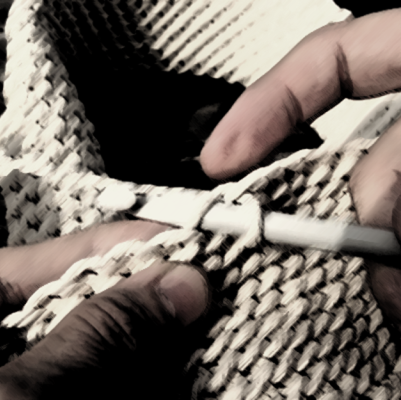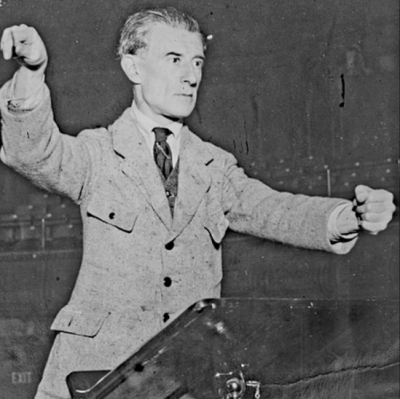Great Encounters: When Lionel Hampton recorded with the King Cole Trio
. . “Great Encounters” are book excerpts that chronicle famous encounters among twentieth-century cultural icons. In this edition, Will Friedwald, author of Straighten Up and Fly Right: The Life and Music of Nat King Cole, writes about the 1940 Lionel Hampton/King Cole Trio RCA Victor recording sessions. . . Excerpted from STRAIGHTEN UP AND … Continue reading “Great Encounters: When Lionel Hampton recorded with the King Cole Trio”
...September 14th, 2020




